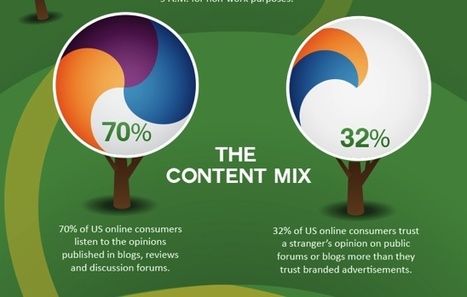I was recently asked a provocative question: “What experiences or insights have shaped your views on brand and reputation management in today’s business environment?” This is a great question and the more I thought about it, the clearer the answer(s) became. 1. The first insight reflects the The Changing Role of Influence. There is a great quote by Gary Hamel, who says “Influence is like water. Always flowing somewhere.” This is very true in today's business environment as new sources of influence are forming around our companies and industries at an extremely rapid pace....
Research and publish the best content.
Get Started for FREE
Sign up with Facebook Sign up with X
I don't have a Facebook or a X account
Already have an account: Login
Social marketing, PR insight & thought leadership - from The PR Coach
Curated by
Jeff Domansky
 Your new post is loading... Your new post is loading...
 Your new post is loading... Your new post is loading...
|
|

















This article highlights the current state of marketing, and the need to change, adapt and look to the future in order to implement successful marketing strategies. For example, there is a serious need to adapt and change marketing strategies in line with changes in a companys' consumers. Too often companies carry on as they always have because it was successful at the time. However, in our increasingly fragmented and digitalised society, brands must keep up with these changes in order to stay popular or trusted. It is also necessary to converse with consumers. No longer can all brands be successful with top-down, authoritarian communication. They must involve consumers in brand discussions in order to make progress. For example, many chip brands have created campaigns where consumers suggest new chip flavours that could potentially be put into production. This demonstrates including consumers in a brand's discourse and giving consumers the chance to influence a brand's image. These are important concepts in terms of engagement, communicating with consumers and brand management.